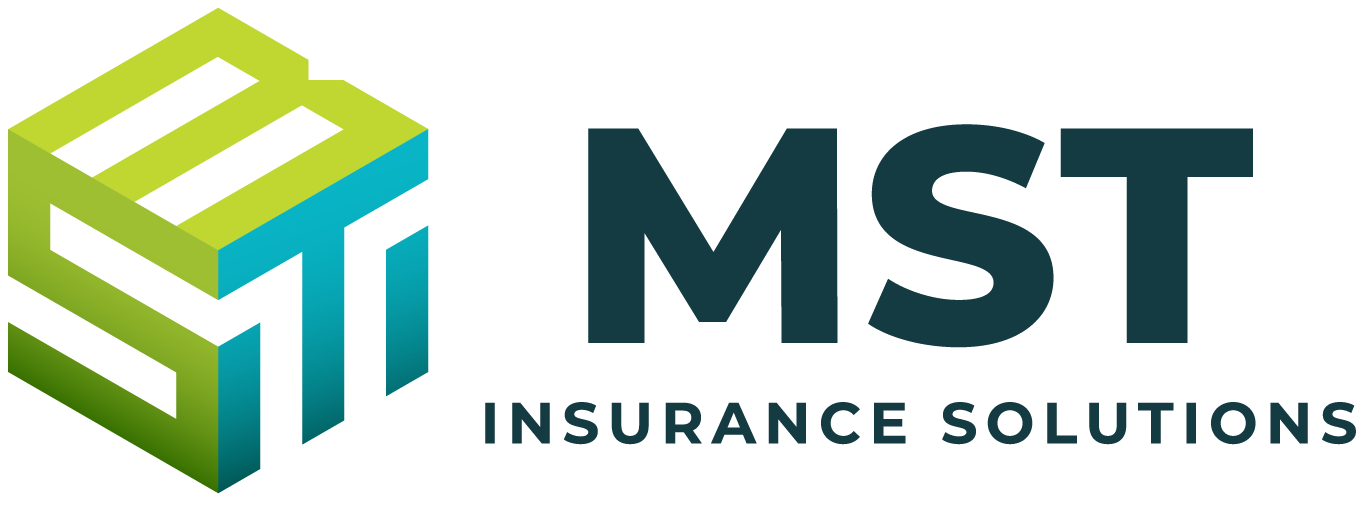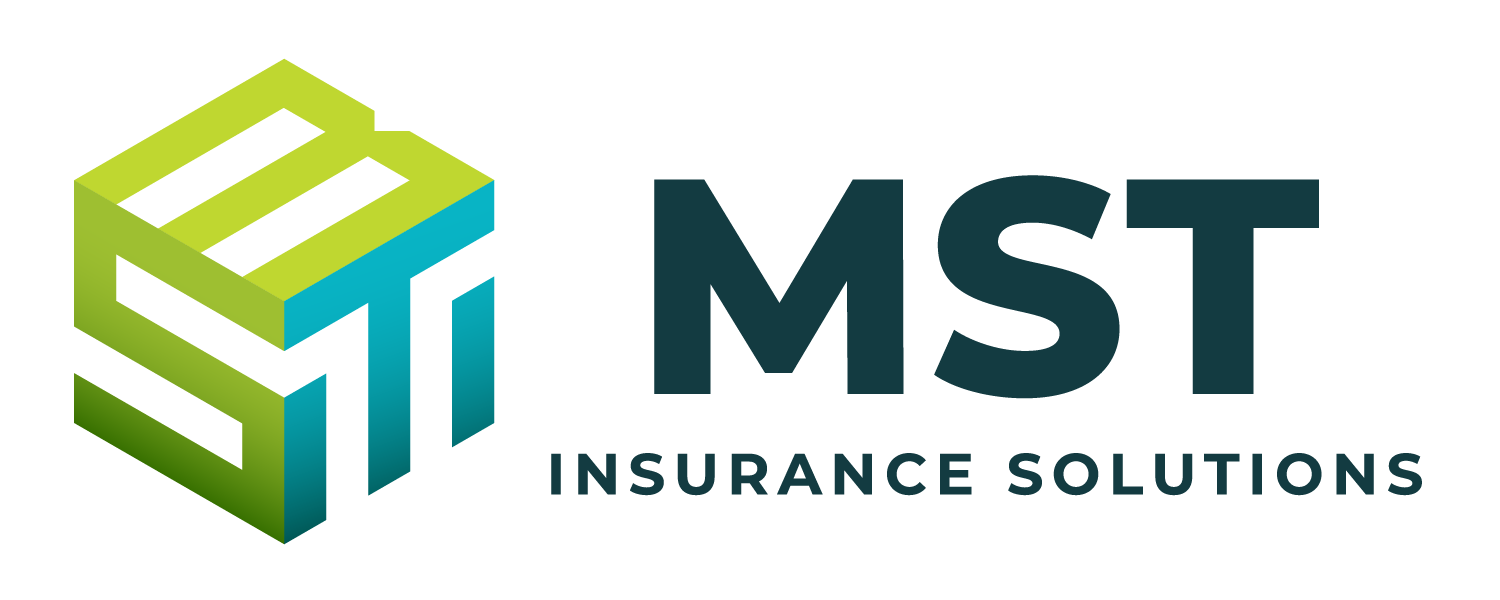Strategies for Attracting and Retaining Board Members
In today’s challenging labor market, it has become increasingly difficult for organizations to attract and retain top talent, especially as it pertains to their board members. Consequently, organizations that lack effective senior leadership teams will be less likely to meet operational demands, accomplish company goals and ensure overall business success. What’s worse, organizations without experienced and trustworthy board members could also face heightened directors and officers liability (D&O) exposures and be more susceptible to costly workplace litigation. With this in mind, it’s vital for organizations to take steps to maintain talented senior leadership teams. Here are some valuable board member attraction and retention strategies:
Set clear expectations. It’s best for organizations to carefully assess their key initiatives and determine specific skill sets and qualifications their board members should possess to help contribute to these goals. From there, organizations can create written job descriptions that outline clear responsibilities for their senior leadership teams, thus allowing them to identify their ideal candidates. Some organizations may even benefit from establishing a committee of existing board members responsible for recruiting and vetting new senior leaders.
Offer support. Organizations can set new board members up for success by leveraging thorough orientation processes, conducting frequent check-ins and having experienced senior leaders serve as their mentors. Additionally, organizations should ensure their board members receive ongoing career development and personal growth opportunities by providing plenty of educational resources and routine training.
Establish a strong culture. Board members are more likely to keep working for a company with a positive culture. As such, organizations should make it a priority to establish workplace policies that promote empathy, encouragement, transparency, accountability and inclusivity.
Give feedback and recognition. As board members adjust to their roles, organizations should provide these individuals with regular feedback on their performance and ways they can continue to improve. When senior leaders display significant growth or achieve major initiatives, organizations can formally recognize them through companywide communications and celebrations.
Provide compensation and benefits. If possible, organizations should consider compensating board members for their time and expertise with competitive salaries and benefits packages.
Purchase D&O insurance. This coverage can provide senior leaders with financial protection following managerial decisions that negatively impact their organizations. D&O insurance may cover legal fees, settlements and other costs related to board members’ defense. If organizations don’t have ample D&O insurance programs, it’s unlikely that they will be able to attract and retain senior leaders, given the potential risks involved. Organizations should consult insurance professionals to discuss their particular coverage needs.
Contact us today for additional risk management solutions.
EEOC Prioritizes Sexual Harassment, Pay Discrimination and AI in 2023-27
The U.S. Equal Employment Opportunity Commission (EEOC) released its proposed Strategic Enforcement Plan (SEP) for fiscal years 2023-27. Once finalized, the SEP will establish the EEOC’s enforcement priorities as it works to remedy workplace discrimination. According to the draft SEP, the EEOC is prioritizing subject matters such as eliminating barriers in recruitment and hiring; protecting vulnerable workers and persons in underserved communities from employment discrimination; addressing selected emerging and developing issues; advancing equal pay for all workers; preserving access to the legal system; and preventing and remedying systemic discrimination.
To aid in these enforcement efforts, the agency plans to issue updated employer guidance to help prevent workplace sexual harassment and address the underreporting of such harassment. The EEOC plans to accomplish this by focusing on workplaces that historically have experienced above-average levels of harassment and employ vulnerable workers. For now, the agency offers Promising Practices for Preventing Harassment, a resource that aids employers in preventing sexual harassment in the workplace. The draft SEP states the EEOC intends to identify discriminatory factors leading to illegal pay disparities by targeting relevant geographic areas and industries. The agency’s plan also addresses the use of artificial intelligence (AI) in the workplace to ensure these tools do not discriminate against protected groups.
While the final SEP may differ from the current version, the draft reveals the EEOC’s intentions. Therefore, employers should consider reviewing the draft to determine how it may impact their organizations.
Best Practices for Navigating Employment Practices Liability Claims
Any company that has employees is a potential target for an employment practices liability (EPL) lawsuit. These lawsuits can be financially draining for impacted businesses, even if they’re ultimately found not liable. Responding to and mitigating EPL claims requires company executives to be proactive by establishing consistent practices regarding mediation protocols, recordkeeping and the utilization of external parties.
Mediation and Arbitration
Businesses can often minimize EPL litigation costs by having a third party hear claims and mediate resolutions, also called alternative dispute resolution (ADR). Many times, plaintiffs sue for damages that exceed the amounts they would have settled for with ADR. Speedy mediation and arbitration can reduce the lost wages an employee requests, limit how much time a company spends preparing for a case and spare both sides the costs of going to trial. However, ADR isn’t a one-size-fits-all approach to handling EPL claims. Mediation and arbitration cannot protect a company from charges brought by any regulatory branch. Additionally, mediation and arbitration often end with a company having to pay some kind of award to the claimant, even if the company is not legally at fault. Yet, compared to litigation fees, these awards are typically less than the costs of a successful defense in court.
Recordkeeping
If ADR isn’t an option and a company must handle an EPL claim in court, workplace documentation can serve as powerful evidence to bolster its case against the claim. Established company policies, such as an employee handbook and records of employee training, set the standard for all company conduct and can be a major advantage in court. An investigator or jury is less likely to find a business guilty if it has records illustrating sound employment practices. Alternatively, the absence of any documentation could be seen as an effort to cover up or avoid evidence. Further, any attempt to intentionally misfile or hide company records could be considered an obstruction of justice.
External Parties
In addition to relying on workplace documentation, any company facing an EPL lawsuit should seek advice from legal counsel and insurance professionals to properly investigate and handle the incident. Time is essential for attorneys and insurance experts to gather information and formulate effective response measures. Steps businesses can take to assist these external parties may include contacting them as soon as charges are made, obtaining witness statements from any employees who observed or were involved in the incident at hand, compiling any company records associated with the plaintiffs and establishing a timeline of events.
EPL Insurance
When an EPL claim goes to court, it is up to the employer’s attorneys, workplace records and insurance professionals to protect the company from potential damages. Even if an employer is able to avoid punitive damages, the defense fees alone can cause financial strain. An EPL insurance policy can help protect businesses from the costs of such litigation. Contact us today to discuss EPL coverage options.
For a copy of this notice, click here: Executive Risk Newsletter – Q3 2023

